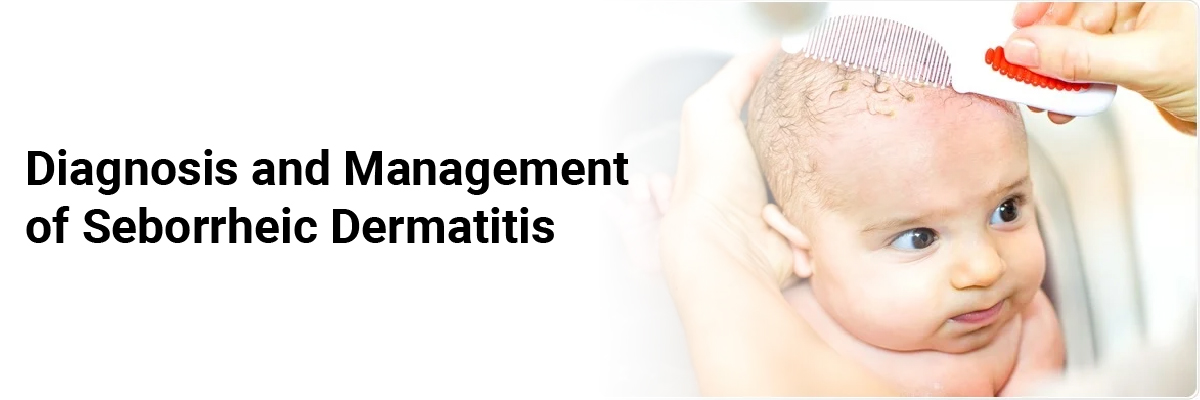
 IJCP Editorial Team
IJCP Editorial Team
Diagnosis and Management of Seborrheic Dermatitis
Seborrheic dermatitis (SD) presents a common chronic inflammatory skin disorder that mostly concerns young adults in areas rich in sebaceous glands (scalp, face, and trunk). SD may appear as mild patches to diffuse scalp scaling in adolescents and adults. However, in infants, it mainly occurs on the scalp as yellowish, scaly patches ("cradle cap").
Several environmental triggers may promote SD development, along with fungal colonization by Malassezia spp., sebaceous gland activity, as well as immunosuppression, endocrine, neurogenic and iatrogenic factors in adults. In comparison, early occurrence in the first trimester indicates the role of boosted sebaceous gland activity from maternal hormones, along with cutaneous microbiome alterations, in children.
SD is usually diagnosed clinically, and specific laboratory and/or instrumental investigations are seldom required. Treatment aims to modulate sebum production, reduce skin colonization by Malassezia spp., and control inflammation. In adults, topical antifungals (ketoconazole, ciclopirox, miconazole) or anti-inflammatory (mild-to-moderate potency corticosteroids) or keratolytic/humectant (propylene glycol) agents are used to treat mild-to-moderate scalp SD. While recommended topical therapeutic options for mild-to-moderate facial or body areas SD encloses topical ketoconazole, ciclopirox, clotrimazole, mild-to-moderate potency corticosteroids, lithium succinate/gluconate, and topical calcineurin inhibitors (off-label use). The severe and/or resistant cases require systemic antifungal drugs (terbinafine, itraconazole) and UVB phototherapy as a choice. In children, sparse scientific evidence supports the effectiveness and safety of topical drugs, and "cradle cap" is usually successfully managed with baby shampoos enriched with emollient agents and vegetable oils. Alternatively, like adult scalp SD, medical device shampoos with anti-inflammatory and antifungal properties containing piroctone olamine, bisabolol, alyglicera, and telmesteine may be employed. Outside pharmacological treatments, an appropriate cosmetic approach, if correctly prescribed, is likely to improve therapeutic outcomes.
Takahiro Suzuki, Tomohiro Seki, Toshinobu Seki. Study on a Novel Transdermal Therapeutic System that Combines the Achievement of Supersaturation by pH-shift Method and User–Activated System. Journal of Pharmaceutical Innovation. 2020;15: 1537-1548.

IJCP Editorial Team
Comprising seasoned professionals and experts from the medical field, the IJCP editorial team is dedicated to delivering timely and accurate content and thriving to provide attention-grabbing information for the readers. What sets them apart are their diverse expertise, spanning academia, research, and clinical practice, and their dedication to upholding the highest standards of quality and integrity. With a wealth of experience and a commitment to excellence, the IJCP editorial team strives to provide valuable perspectives, the latest trends, and in-depth analyses across various medical domains, all in a way that keeps you interested and engaged.




















Please login to comment on this article